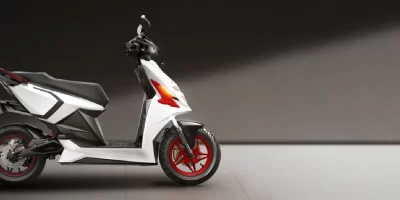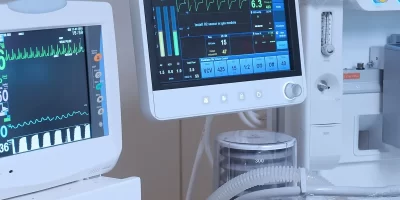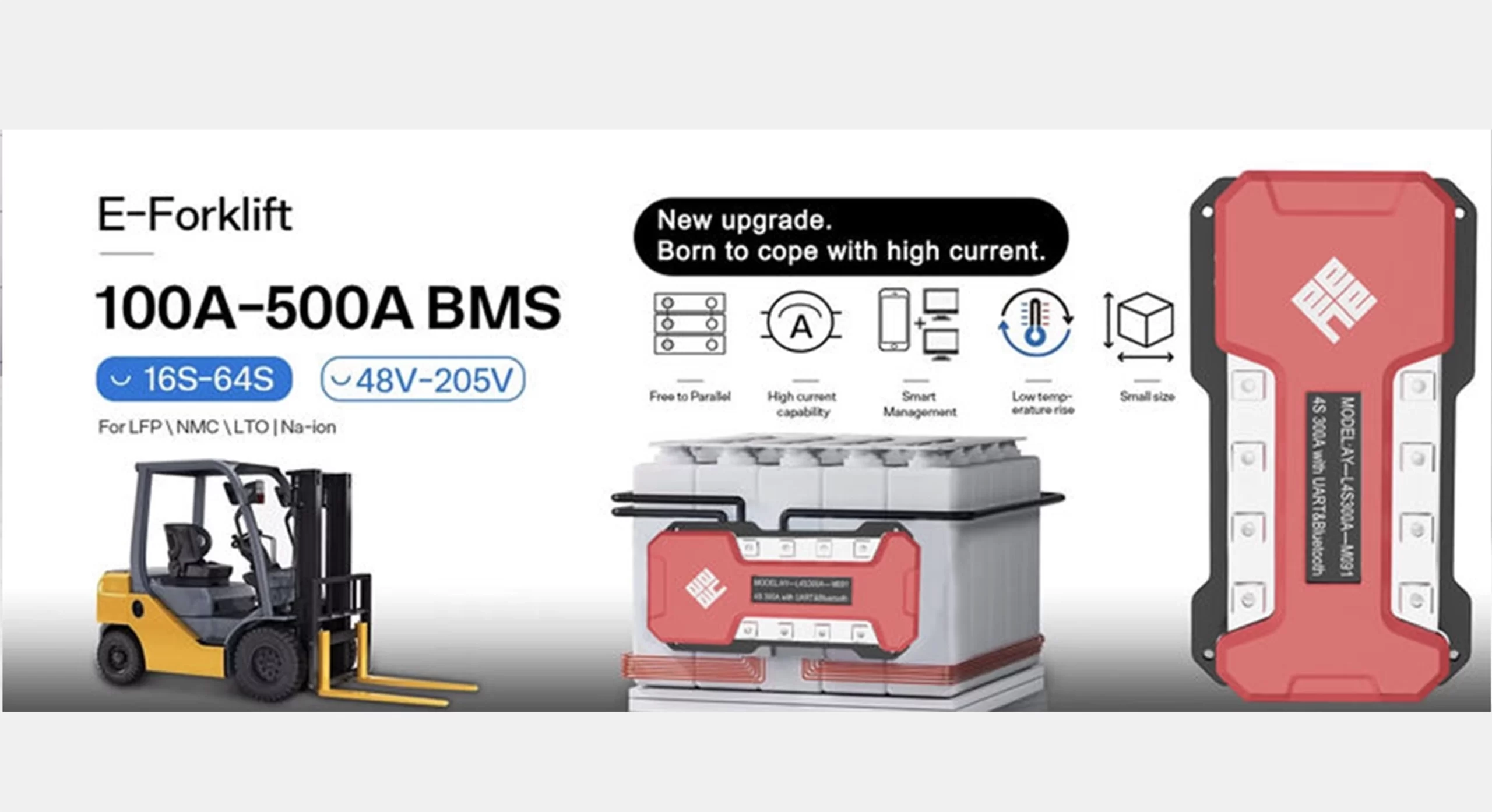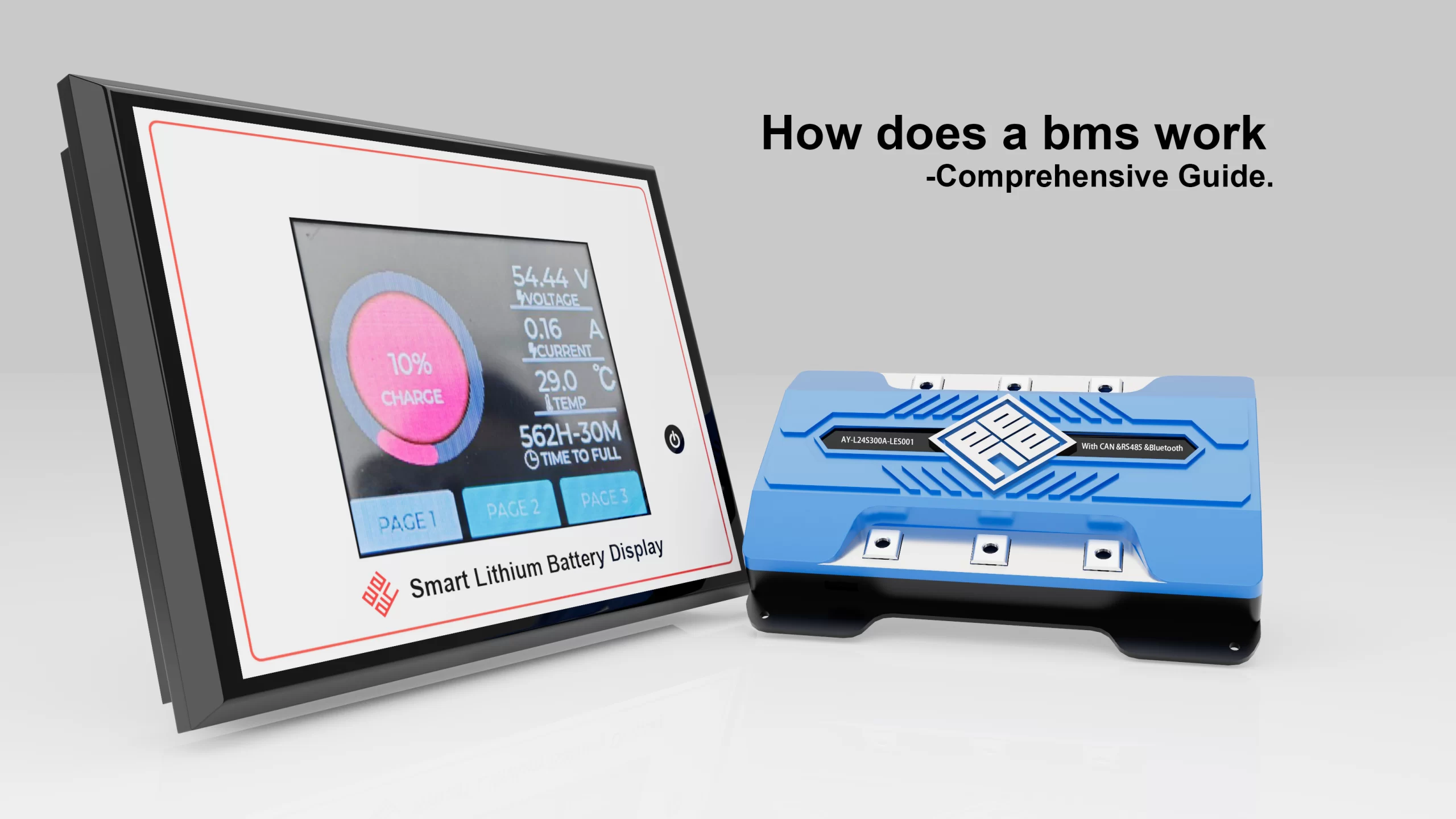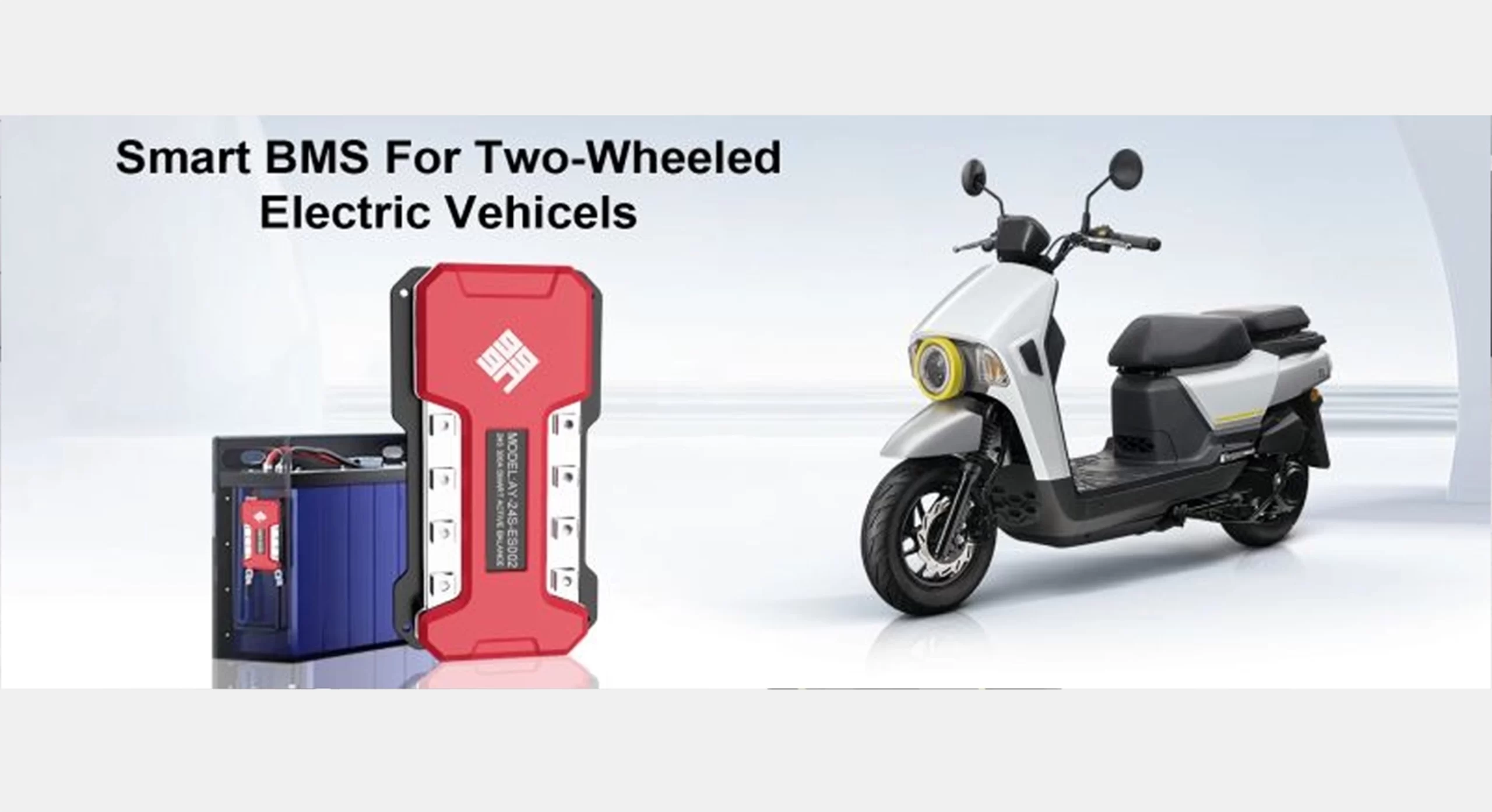Home About Us EVENTS & NEWS Custom Battery Management System: Revolutionizing Energy Efficiency
Custom Battery Management System: Revolutionizing Energy Efficiency
Custom Battery Management System: Revolutionizing Energy Efficiency
The demand for safer, more energy-efficient power solutions continue to grow, as does the interest in custom battery management system (BMS).
These specialized systems are becoming the cornerstone of innovation in industries as diverse as electric vehicles (EVs), renewable energy and portable electronics.
Compared to standard BMS solutions, custom battery management system is designed to meet specific application requirements, resulting in higher performance, safety and optimized energy use.
In this article, we’ll explore what makes a custom BMS unique, how it works, and why it can revolutionize energy efficiency in today’s rapidly evolving technology landscape.
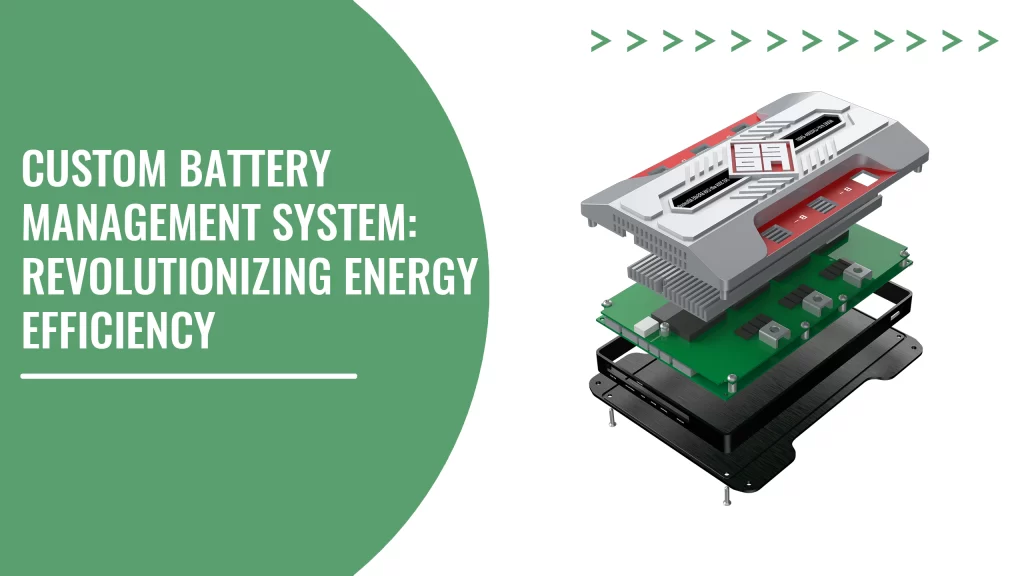
What Is a Custom Battery Management System?
A custom battery management system is a tailored solution designed to monitor and manage battery packs based on specific configurations and user needs.
Unlike off-the-shelf BMSs, custom BMSs are carefully designed to support the unique voltage, current and thermal requirements of various battery chemistries and use cases.
Custom BMS solutions are widely adopted in applications such as:
· Electric vehicles (EVs): Manage high voltage battery packs for propulsion systems.
· Energy storage systems (ESS): Maximizing the efficiency of energy storage at the residential or grid level.
· Portable devices: Improving smartphones, medical equipment, and drone performance and safety.
Because of their versatility, they are perfect for businesses looking for unique energy solutions to increase longevity and performance.
They are also essential in situations like severe weather or mission-critical applications where a standardized BMS is unable to sufficiently handle particular operational difficulties.
Product Structure of a Custom Battery Management System
A customized BMS typically contains several key components, each of which performs a critical function in the overall system:
· Voltage Monitoring Module: To maintain equilibrium and avoid deep discharge or overcharging, this module continuously measures the voltage of every cell in the battery pack.
· Current Monitoring Module: Tracks energy usage and prevents overcurrent situations by measuring charging and discharging currents via shunt resistors.
· Temperature Monitoring Module: Uses several temperature sensors to keep things safe from freezing or overheating.
· Communication Module: Enables CAN, UART, or RS485 protocols to communicate data with external devices like power distribution systems or inverters.
Additionally, cloud connection and wireless connectivity may be supported by advanced specialized systems.
· Balancing Module: Implement active or passive balancing techniques to equalize the charge between all battery cells to ensure consistent performance and maximize capacity utilization.
Some of the advanced custom BMS units also integrate other features such as GPS tracking, fault logging and modular expansion interfaces for scalability.
Working Principle of a Custom BMS
Customized battery management systems operate through a series of integrated processes:
· Data Acquisition: Embedded sensors that track temperature, voltage, and current are used to collect data in real time.
· Data Processing and Analysis: State of Charge (SOC) and State of Health (SOH), two important battery parameters, are determined by sophisticated algorithms.
Predictive maintenance techniques are made possible by these analytics, which also assist in predicting battery behavior and spotting possible problems early.
· Protection Mechanisms: The BMS initiates safety procedures including circuit shutdown or charging control modifications in the event of anomalous behavior, such as overcharge, deep discharge, short circuit, or thermal runaway.
· Balancing: To ensure uniform deterioration and enhance pack performance, the system equalizes cell voltages by transferring energy or applying resistive loads.
In mission-critical applications such as aerospace or medical technology, these principles are complemented by fail-safe and redundant paths to ensure continuous operation even under fault conditions.
Applications of Custom Battery Management Systems
Because of its flexibility and intelligent control features, a customized BMS can be used for a wide range of applications:
· Electric Vehicles (EVs): Extended battery life, energy optimization, and safe driving conditions are made possible by real-time monitoring of high-capacity lithium-ion packs.
Custom BMS also enhances the safety of quick charging and the effectiveness of regenerative braking in high-performance EVs.
· Energy Storage Systems: The BMS precisely controls thermal behavior and energy distribution in high-voltage systems in utility-scale, commercial, and residential ESS configurations.
This makes time-shifted energy distribution and grid stabilization easier.
· Portable devices: Custom BMS offer lightweight, small, and effective power management solutions for wearables and drones.
They guarantee the continuous power supply and uptime of vital life equipment in medical devices.
· Industrial automation and robotics: Reliable battery performance is essential to both productivity and safety in autonomous machines and factory robots, which are using custom BMS systems more and more.
Their role in each of these areas is critical, making customized BMS an essential part of the modern energy infrastructure and a key enabler of green energy strategies.
Key Features of a Custom Battery Management System
Custom battery management systems are unique in their specialized features that are optimized for the applications they serve:
· High-Precision Monitoring: Temperature, voltage, and current readings are extremely accurate thanks to the use of sophisticated sensors.
· Intelligent Control Algorithms: Predictive modeling and machine learning help in anticipating battery behavior and suggesting proactive fixes.
Depending on user behavior, these elements can aid in charging profile optimization.
· High Reliability: Built-in redundancy and fault-tolerant design provides system-level security and continuous operation, even in the event of component failure.
· Efficient Thermal Management: Batteries are kept within the correct temperature range for optimum operation by integration with liquid or air cooling systems.
· Flexibility in Customization: The BMS’s firmware, hardware, and communication protocols can be modified to meet specific client needs, such as MIL-STD compliance or certifications for hostile environments like IP67.
Quality Standards and Usage Considerations
In order for a customized BMS to operate reliably, it must comply with strict quality standards:
· Sensor Accuracy: All sensors should meet high precision and fast response benchmarks to ensure real-time accuracy.
· Stable Communication: The system must support reliable, interference-resistant communication protocols that work perfectly under all conditions.
· Safety Certifications: Global acceptability and confidence are ensured by adherence to standards like ISO 26262 (for automotive), UL 1973 (for stationary batteries), or IEC 61508 (for functional safety).
Usage considerations include:
· Periodic Calibration: To maintain accuracy over time, sensors must be recalibrated on a regular basis.
· Avoid Extreme Conditions: Extreme humidity, vibration, or temperatures above the BMS’s recommended range should not be present in these settings.
· Proper Installation: To avoid electrical noise and system faults, make sure that the wiring, grounding, and mechanical mounting are all done correctly.
Throughout the product lifecycle, longevity and peak performance are guaranteed when these standards are followed.
Maintenance and Care
A unique battery management system’s longevity and dependability are increased with proper maintenance. Important procedures include of:
· Routine Inspection: Sensors, wiring and communication interfaces need to be checked periodically for damage or degradation.
· Cleaning: Keep the BMS clean and free of dust or moisture to avoid sensor failure and circuit corrosion.
· Software Updates: Firmware and control algorithm updates should be applied as they become available to provide performance enhancements and bug fixes.
· Battery Pack Health Audits: Regular audits of the condition of the battery pack can detect imbalances, capacity drops or abnormalities, which can be resolved or reported by the BMS.
These measures help ensure that your customized BMS continues to deliver optimal performance year after year, preventing costly failures and improving system ROI.
Conclusion
No longer a luxury, customized battery management systems are fast becoming a necessity in today’s energy-conscious world.
From supporting next-generation electric vehicles to stabilizing renewable energy systems, custom BMS solutions are reshaping the way we manage power.
With advanced monitoring, real-time data analytics, and intelligent protection mechanisms, they are revolutionizing energy efficiency across a wide range of industries.
Today, companies and engineers who invest in custom BMS technology not only gain a competitive advantage, but also contribute to a more sustainable, smarter, energy-optimized future.
FAQ
Q: Do I need a BMS for each battery?
A: By keeping all of the batteries in the array at the same voltage, a BMS keeps any one battery from overcharging or prematurely discharging.
The battery system’s longevity and safety depend on this equilibrium.
Q: Is BMS electrical or mechanical?
A: A computer-based control system called a building management system (BMS) regulates and keeps an eye on electrical and mechanical systems including air conditioners, heaters, and ventilators.
Q: What is the basic structure of BMS?
A: Typically, it has a processor or microcontroller that runs battery management programs.
Q: How many types of BMS are there?
A: There are four types of BMS based on system integration: standalone, integrated, distributed, and centralized.
There are three types of balancing techniques: hybrid, active, and passive.
Q: What is the difference between smart BMS and standard BMS?
A: Compared to a regular BMS, a smart or intelligent BMS provides additional monitoring and analytical capabilities and connects with the bicycle.





